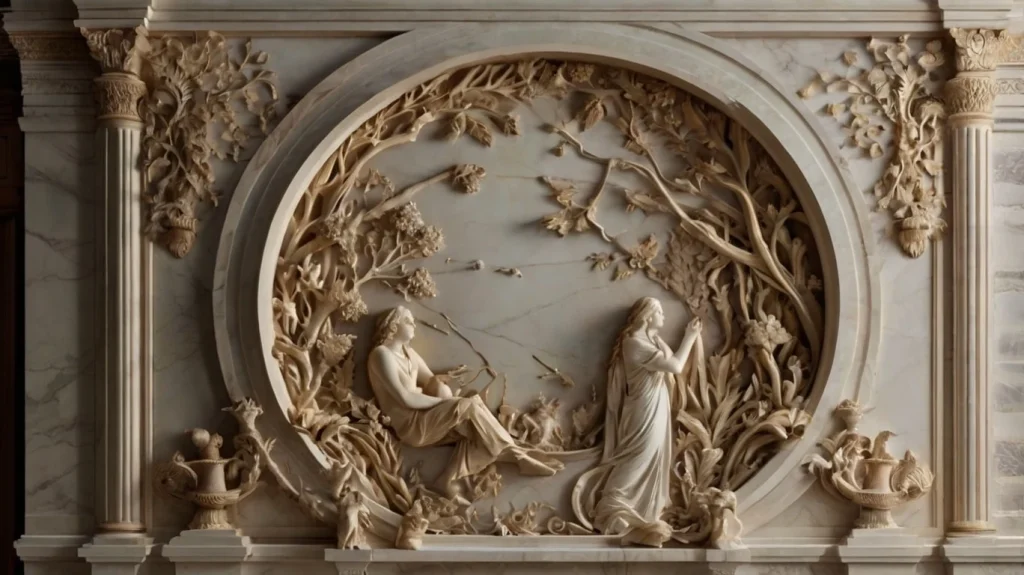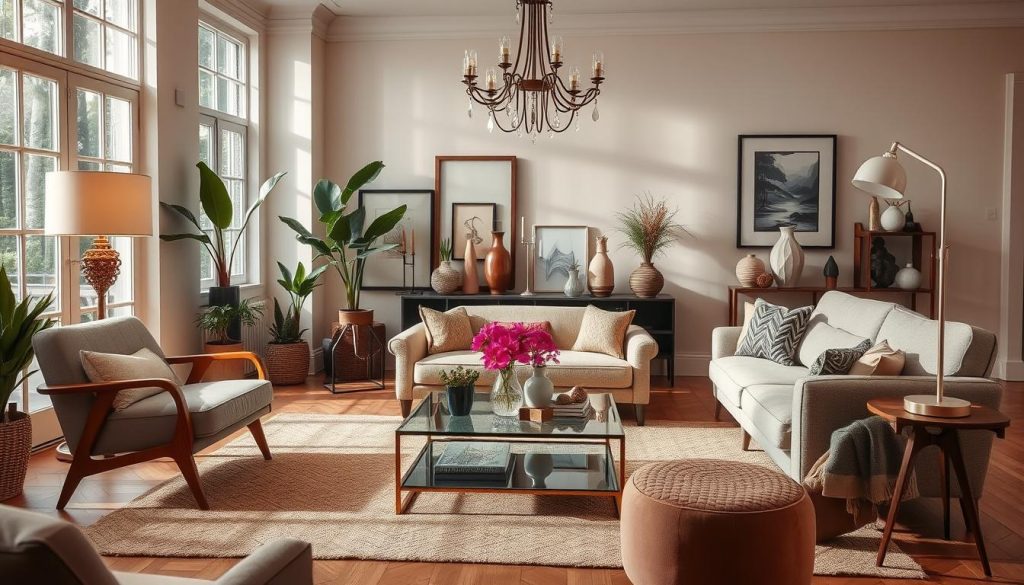
Imagine walking into a room and seeing a stunning, three-dimensional work of art emerging from the walls—delicate, intricate, and absolutely mesmerizing. That’s the magic of bas-relief artistry!
Bas-relief (pronounced bah-ruh-leef) is a unique form of sculpture where designs are slightly raised from a flat surface, creating depth and texture without being fully three-dimensional. From ancient temples to modern interiors, this technique has been used for centuries to tell stories, enhance architecture, and add elegance to walls and facades.
So, why is bas-relief sculpture making a comeback in today’s design world? And how can you use it to elevate your own space? Let’s dive in! 🎭✨
Table of Contents
- What is Bas-Relief Artistry?
- The History of Bas-Relief Sculpture
- Techniques Used in Bas-Relief Art
- Why Bas-Relief is Gaining Popularity in Interior Design
- How to Incorporate Bas-Relief Art in Your Space
- Famous Examples of Bas-Relief Art Around the World
- DIY Bas-Relief: Can You Create Your Own?
- Common Mistakes to Avoid in Bas-Relief Artistry
- FAQs About Bas-Relief Artistry
- Conclusion
What is Bas-Relief Artistry?
Bas-relief artistry is a sculptural technique where figures and patterns are partially raised from a background, rather than being carved in the round like full sculptures.
✔ High-relief = Deep, pronounced carving (think Greek temples).
✔ Low-relief (Bas-relief) = Subtle, shallow carving (perfect for walls and panels).
It’s like painting with shadows—playing with light, depth, and dimension to create an illusion of movement and texture!
The History of Bas-Relief Sculpture
Bas-relief art has been around for thousands of years and can be found in:
🏛️ Ancient Egyptian Temples – Pharaohs and gods depicted in stone.
🏰 Roman & Greek Architecture – Mythological scenes carved into walls.
🕌 Medieval Cathedrals – Religious figures in ornate carvings.
🏡 Modern Interiors – Elegant, textured walls in luxury homes.
From Michelangelo’s masterpieces to modern 3D-printed designs, bas-relief has remained a timeless artistic expression.
Techniques Used in Bas-Relief Art
There’s more than one way to create stunning bas-relief sculptures! Here are some of the most popular techniques:
Traditional Hand-Carving 🪵
- Done on wood, stone, or plaster.
- Requires precision, patience, and craftsmanship.
- Often used in historic restorations and custom art pieces.
Modern Casting & Molding 🏺
- Uses clay, resin, or plaster molds for replication.
- Perfect for architectural panels and home decor.
- More affordable & faster than hand-carving.
Digital & 3D-Printed Bas-Relief 🖥🪵
- Artists use software to design detailed bas-relief pieces.
- 3D printing allows intricate designs in materials like metal or acrylic.
- Popular in contemporary interiors and tech-driven art.
✅ Tip: Mixing traditional techniques with modern tech can create one-of-a-kind bas-relief masterpieces!
Why Bas-Relief is Gaining Popularity in Interior Design
Bas-relief isn’t just for historic buildings anymore—modern homes and businesses are embracing it too!
✔️ Adds Texture & Depth – Makes walls visually interesting.
✔️ Timeless & Elegant – Works in both classic and contemporary interiors.
✔️ Customizable Designs – Can be tailored to fit any theme.
✔️ Works with Any Material – Stone, wood, metal, plaster—endless possibilities!
From luxury hotel lobbies to cozy living rooms, bas-relief brings artistic charm to any space.
How to Incorporate Bas-Relief Art in Your Space
Statement Walls & Architectural Details 🏛️
- Transform blank walls into masterpieces with carved designs.
✅ Great for: Entrances, hallways, accent walls.
Decorative Panels & Home Accents 🖼️
- Use smaller bas-relief panels as artwork or headboard decor.
✅ Great for: Living rooms, bedrooms, offices.
Outdoor & Garden Bas-Relief Sculptures 🌿
- Carved stone or concrete bas-reliefs add a sculptural element to gardens.
✅ Great for: Fountains, patios, courtyard walls.
Famous Examples of Bas-Relief Art Around the World
🌍 Angkor Wat (Cambodia) – Intricate carvings of deities and warriors.
🇫🇷 Arc de Triomphe (France) – Historical battle scenes in stone.
🇮🇳 Khajuraho Temples (India) – Exquisite mythological reliefs.
🇺🇸 Mount Rushmore (USA) – Technically a high-relief sculpture!
Each of these showcases the timeless beauty of bas-relief.
DIY Bas-Relief: Can You Create Your Own?
YES! Even if you’re not a professional sculptor, you can try DIY bas-relief art using:
✔️ Air-dry clay – Easy to sculpt and shape.
✔️ Plaster of Paris – Great for creating textured panels.
✔️ Wood carving tools – If you’re feeling extra creative!
✅ Tip: Start with small decorative tiles before moving on to large wall pieces.
Common Mistakes to Avoid in Bas-Relief Artistry
❌ Too much detail – Bas-relief should be subtle, not overly deep.
❌ Ignoring lighting – Proper shadow play enhances depth.
❌ Using the wrong material – Match your material to your environment (e.g., waterproof for outdoor bas-relief).
✅ Tip: Study classic bas-relief sculptures to learn the best techniques!
FAQs
1. What is the difference between bas-relief and high-relief?
Bas-relief is shallow and subtle, while high-relief has deep carvings and shadows.
2. What materials are best for bas-relief art?
Plaster, wood, stone, clay, and even modern 3D-printed materials.
3. Is bas-relief art expensive?
It depends! Hand-carved pieces can be pricey, but cast or molded bas-reliefs are more affordable.
4. Where can I use bas-relief in my home?
Anywhere! Walls, ceilings, furniture panels, outdoor spaces—endless possibilities.
Conclusion
Bas-relief artistry is a timeless, elegant, and versatile way to enhance your space with depth and texture. Whether you’re a homeowner, designer, or artist, this sculptural technique can transform any wall into a masterpiece.
🌿 Are you ready to bring the beauty of bas-relief into your space? Let’s sculpt something amazing! 🎨✨



